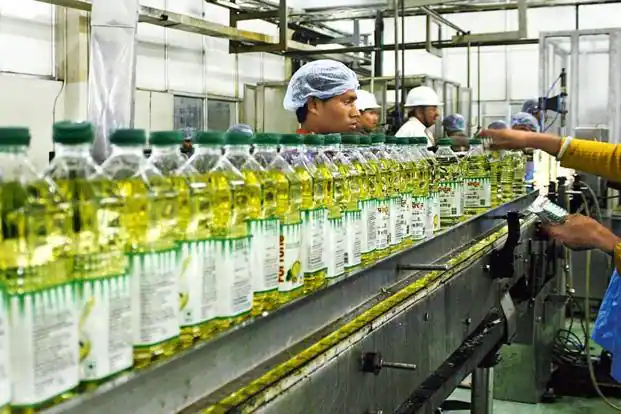
A high-level committee set up by the Ministry of Health and Family Welfare (MoHFW) informed the National Green Tribunal (NGT) on Monday that polyethylene terephthalate (PET) bottles are safe for pharmaceutical packaging.
In its report submitted to the NGT, the committee said, “there is no conclusive, reproducible evidence to suggest that use of PET or additive used with it such as antimony, for pharmaceutical packaging may leach substances beyond limits that pose threat to human health."
This finding will come as a major relief to the ₹ 4,000 crore Indian PET packaging industry. Of the 600,000 tonnes of PET production, the pharmaceutical industry uses around 16%, accounting for around 100,000 tonnes every year.
The report said, “Within a robust regulatory system and process with clearly defined standards and requirements, the use of PET as a packaging material for pharmaceuticals can be practiced with assurance of safety." The report also says that PET does not require use of phthalates or any plasticizers in the manufacturing process.
The committee was set up in September last year after a government-authorized agency tested some PET bottles and found high levels of toxic materials. It was in 2013 that Him Jagriti, an Uttarakhand-based non-governmental organization (NGO) that works in the health sector, approached the ministry of health seeking a ban on the use of PET for pharmaceutical packaging.
The government had entrusted the Drugs Technical Advisory Board (DTAB), the highest decision-making body under the ministry on technical matters, to take a call.
According to the minutes of a DTAB meeting in August 2015, a test conducted by the All India Institute of Hygiene and Public Health (AIIHPH), which is affiliated to the health ministry, was taken into consideration. According to the minutes of the meeting, AIIHPH got five different pharmaceutical preparations packaged in PET bottles tested at the National Test House in Kolkata, which is under the ministry of consumer affairs.
“The tests revealed that the levels of toxic chemicals were higher than safety limits. The DTAB minutes state that antimony, chromium, lead and diethylhexyl phthalate were present at room temperature in all five samples," the DTAB minutes said.
Based on this study, the ministry had come out with a draft notification prohibiting the use of PET for pharmaceutical packaging last year. This was put on hold following industry pressure. This prompted Him Jagriti to approach the National Green Tribunal seeking a blanket ban on the use of PET bottles.
It was NGT that directed the MoHFW to constitute an expert panel to study the science behind the issue. MoHFW had appointed M.K. Bhan, former secretary, Department of Biotechnology, Ministry of Science and Technology Government of India, as its chairman.
The committee also recommended establishing better standards, regulatory requirement strategies for the country. It has also stressed strengthening of regulatory guidelines by prescribing specific methods for disposal of pharmaceutical packaging wastes.
In an effort to address public concerns and strengthening of regulation for packaging and waste management, the committee has recommended a series of additional tests. It, however, is clear that the “tests have been requested to assure public concerns and not because of any doubt in the committee about the scientific basis of safety of PET packaging," the report said.







